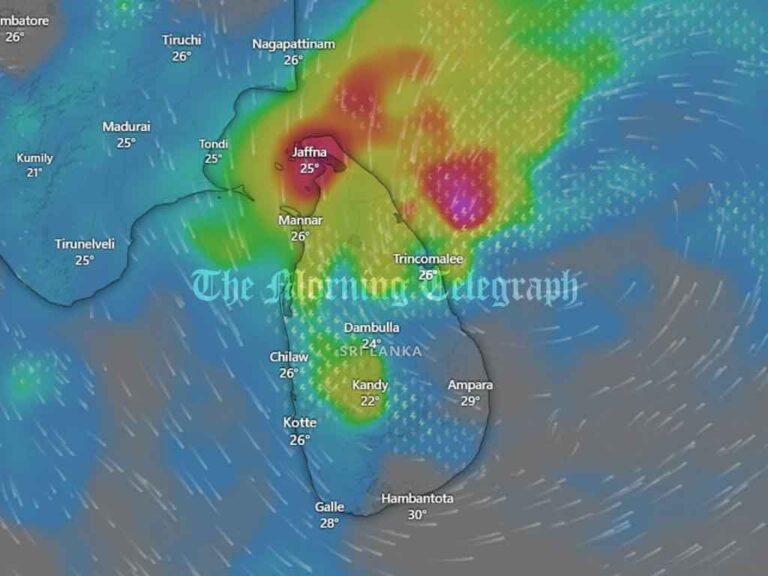
Colombo, Sri Lanka – Sri Lanka’s tourism industry has witnessed a remarkable resurgence this year, with revenue increasing by 59% compared to the same period in 2022. According to the Central Bank of Sri Lanka, the country has earned over $2.534 billion from tourism between January and October 2024, signaling a robust recovery for one of the nation’s key economic sectors.
This significant growth in tourism revenue highlights a rebound after several challenging years marked by the COVID-19 pandemic, political instability, and an economic crisis. In 2023, Sri Lanka’s tourism earnings were considerably lower, reflecting the lingering effects of global travel restrictions and domestic issues that deterred visitors. However, 2024 has seen a strong turnaround, driven by several contributing factors.
The country has experienced a steady rise in international tourist arrivals, particularly from major source markets such as India, the United Kingdom, Germany, and China. These countries have historically been among the top contributors to Sri Lanka’s tourism industry, and their return has been critical to the sector’s recovery. Additionally, the resumption of direct flights and increased flight frequencies from key international carriers have improved air connectivity, making Sri Lanka more accessible to travelers.
Aggressive marketing campaigns by the Sri Lanka Tourism Promotion Bureau have also played a pivotal role in revitalizing interest in the island as a premier travel destination. These campaigns, coupled with the promotion of new tourism experiences and destinations within the country, have attracted both repeat and first-time visitors. Moreover, the depreciation of the Sri Lankan Rupee against major currencies has made the country an affordable destination, drawing budget-conscious travelers seeking value for money.
The surge in tourism revenue is a welcome boost for Sri Lanka’s economy, providing much-needed foreign exchange inflows at a critical time. Tourism remains one of the country’s largest sources of foreign income, alongside remittances and exports. The increased revenue is expected to support efforts to stabilize the economy, strengthen foreign reserves, and reduce pressure on the Sri Lankan Rupee.
Looking ahead, the Central Bank of Sri Lanka remains optimistic about the future of the tourism sector. With ongoing efforts to enhance infrastructure, improve service standards, and ensure the safety and satisfaction of visitors, the country aims to further capitalize on the global recovery in travel. The government and industry stakeholders are also focusing on sustainable tourism practices to ensure long-term growth while preserving Sri Lanka’s natural and cultural heritage.
As the global travel industry continues to rebound, Sri Lanka is positioning itself as a leading destination in South Asia, with the goal of attracting a diverse range of tourists and boosting tourism revenue even further in the coming months.




